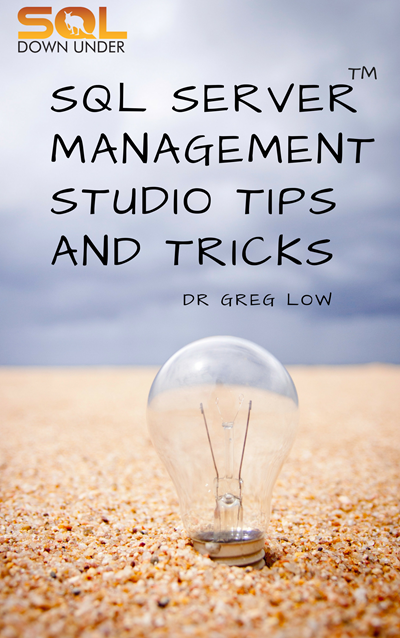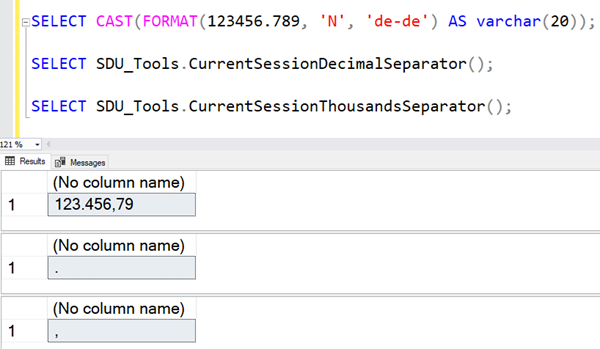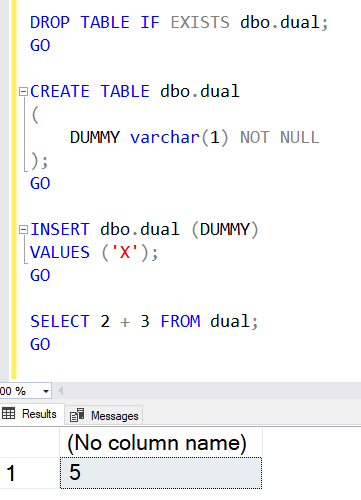
T-SQL 101: 76 Creating datetimeoffset values in SQL Server T-SQL with TODATETIMEOFFSET
It’s great to have SQL Server data types now that handle time zone offsets. Sometimes though, you need to combine a datetime value and an offset to produce one of these new values. That’s what the TODATETIMEOFFSET() function does:

In this example, I’ve taken 28th February 2019 and added a timezone offset of 10 hours to it:

the output data type is datetimeoffset.
The data type of the first value is actually datetime2.
2020-06-29











